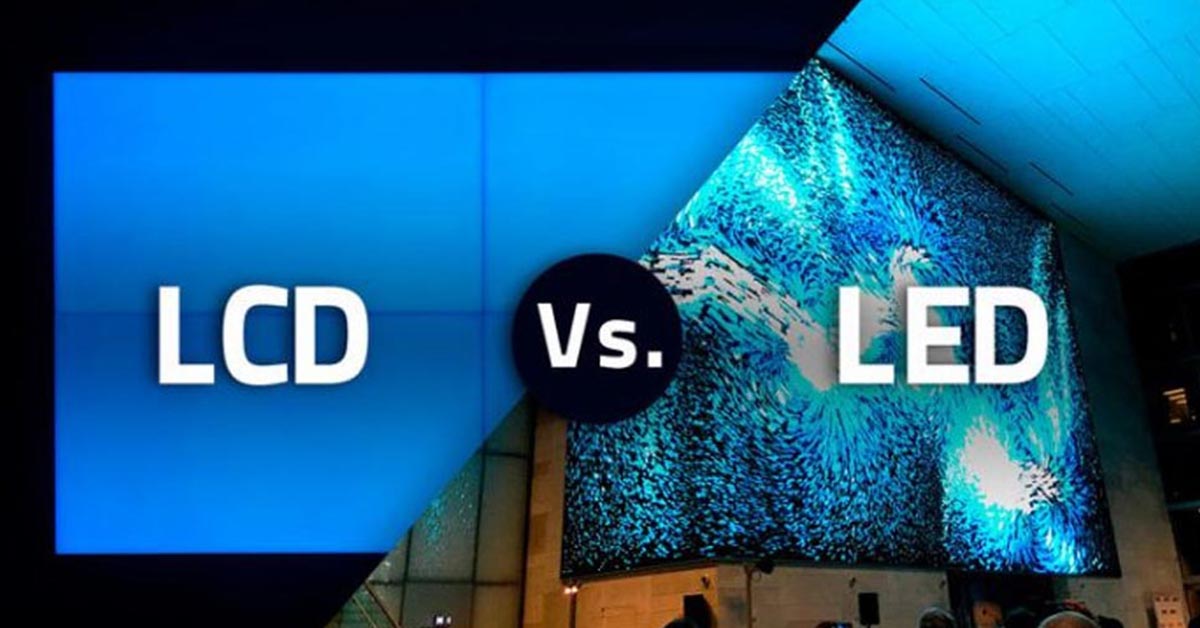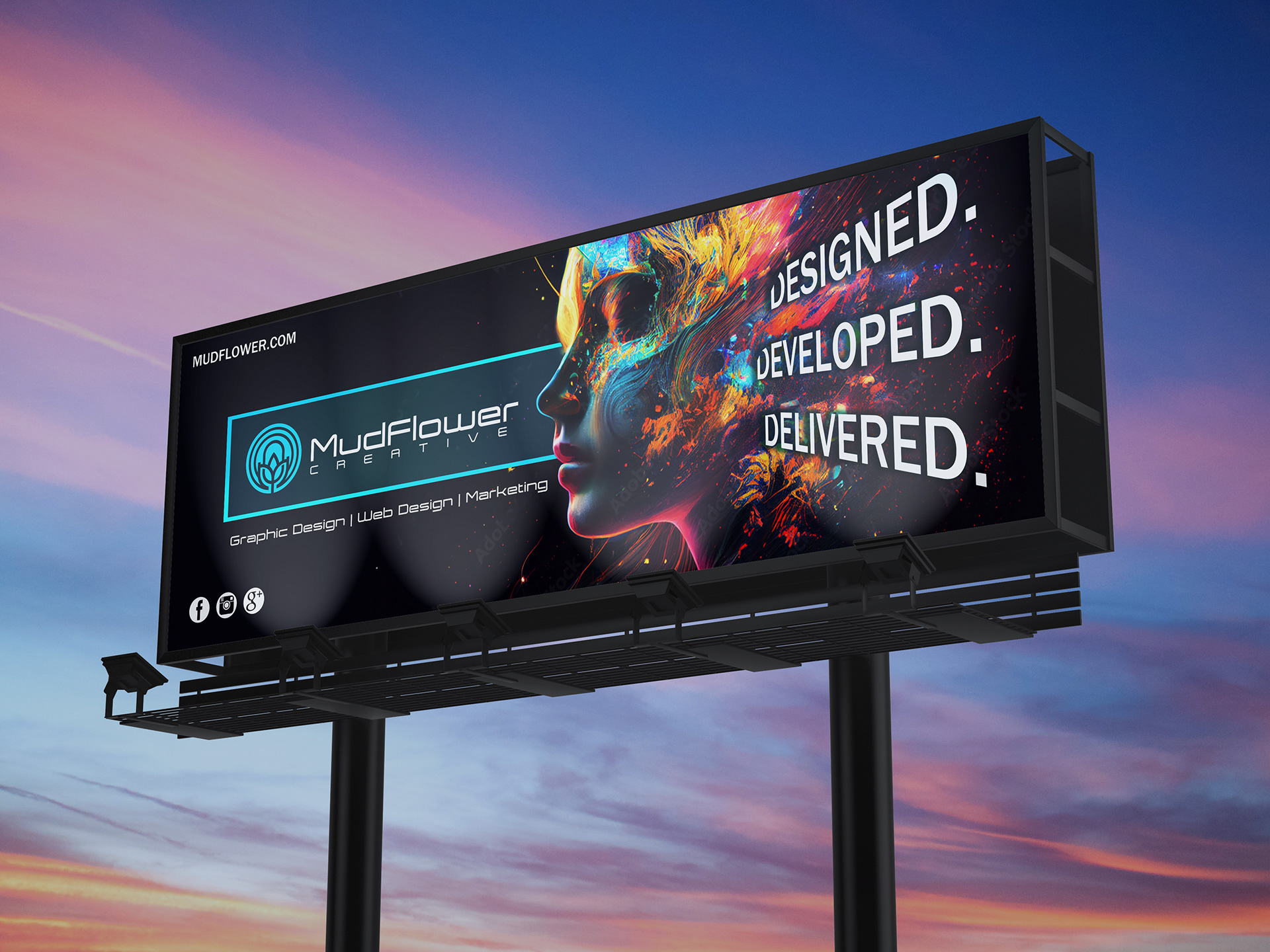

“You bought that billboard… for them to see it on the way to work?”
Yes. And that’s exactly the point.
If you’ve ever tried to justify a big OOH ad spend—especially a pricey billboard—to a skeptical finance team, this blog is your secret weapon. Based on real Reddit wisdom from industry insiders, we’re going deep into the psychology, strategy, and evolving data science behind modern billboard placements.
1. Because the C-Suite Sees Them
Multiple marketing professionals admit it:
“I’ve purchased boards just because the CEO or franchise VP drove past them on the way to work.”
— GDub310 (Reddit)
It sounds vain, but visibility to leadership and peers builds internal buy-in. It also reinforces trust with stakeholders, partners, and other decision-makers who might not be reachable via social media ads.
2. They Create Mental Availability
Modern marketing isn’t just about clicks. It’s about building memory structures—the kind that make Levi’s your default jeans brand even if you haven’t seen an ad in years.
“Levi’s was everywhere in my 20s. It’s printed in my head.”
— diohrific
OOH advertising works on recency + frequency, priming the brand for recall when the buyer enters the market.
Let’s be real—billboards are not a performance channel. But they do impact performance.
Reddit insight:
“Billboards support recall that helps digital convert better. The order matters.”
— eastcoasternj
Here’s how marketers justify ROI:
Every billboard has an estimated Daily Effective Circulation (DEC) — basically, traffic volume + visibility score.
Brands often run market-matched tests:
Billboards are part of category entry points—the mental cues that trigger brand recall when a buyer is ready.
“It’s about being top of mind when someone decides they need you. Not the moment they see the ad.”
— chief_yETI
This is brand-building 101: spend now for payoff later. Especially effective for:
OOH can trigger PR fire:
“A UK basketball podcast bought a billboard to protest the NCAA. It got millions of earned impressions across news, social, and TV.”
— WKU-Alum
Use emotional messaging or polarizing statements in the right location and you can spark viral attention that outpaces paid spend.
| Value Driver | What It Supports |
|---|---|
| Brand Awareness | CPM, reach, recall |
| Memory Creation | Long-term affinity |
| Stakeholder Visibility | Internal buy-in |
| Behavioral Lift | Conversion assist |
| Competitive Blocking | Take up space, deny others |
| Social Proof | “Big brands advertise big” |
If you’re in charge of marketing and the exec team says, “Billboards are too expensive,” here’s your response:
“They don’t drive direct clicks. They build the mindshare that makes people click later.”
You’re not buying traffic.
You’re buying real estate in your customer’s brain.